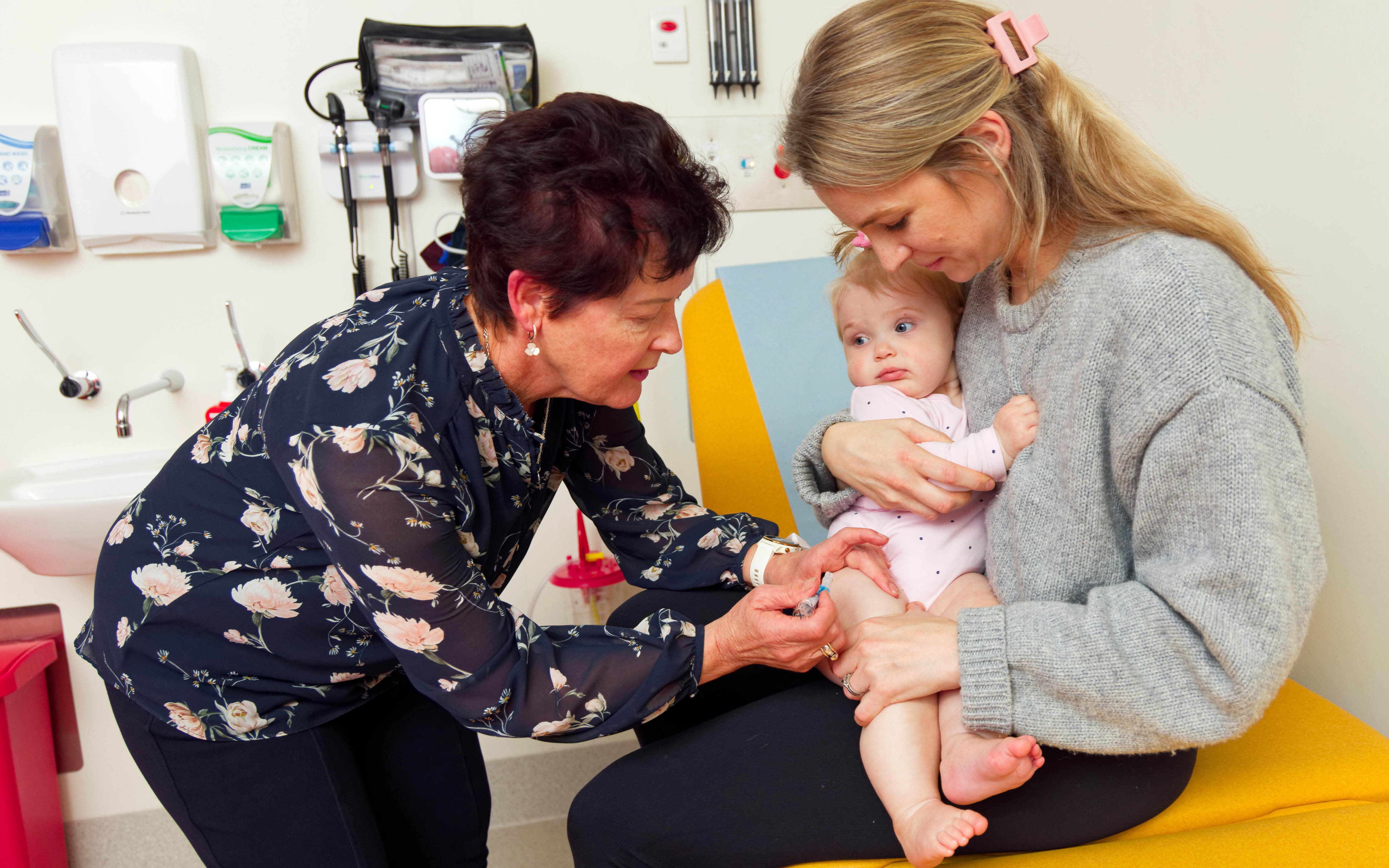Search
Research
The effects of maternal smoking on early mucosal immunity and sensitization at 12 months of ageIn this study, we examined the effects of maternal smoking as a major adverse exposure in early life, on mucosal immune function and allergen sensitization...

The mission of the Vaccine Trials Group is to improve the health of the community through immunisation and the prevention of infectious diseases.
Research
Limited impact of neonatal or early infant schedules of 7-valent pneumococcal conjugate vaccinationEarly 7vPCV schedules have limited impact on pneumococcal vaccine type carriage in PNG
Research
Group a streptococcal carriage and seroepidemiology in children up to 10 years of age in Australia.This study aimed to acquire nationally representative epidemiological data on GAS in Australia to scope the appropriate age for vaccination with a potential...
Research
Australia-wide point prevalence survey of antimicrobial prescribing in neonatal units: How much and how good?This is the first Australia-wide point prevalence survey of neonatal antimicrobial prescribing in tertiary children's hospitals.
Research
An observational study of febrile seizures: The importance of viral infection and immunizationDetermine the frequency of detection of specific viral pathogens in children with febrile seizures
Research
Influenza epidemiology in patients admitted to sentinel Australian hospitals in 2015: the Influenza Complications Alert NetworkThis report summarises the epidemiology of hospitalisations with laboratory-confirmed influenza during the 2015 influenza season
Research
Efficacy, safety, and immunogenicity of the human papillomavirus 16/18 AS04-adjuvanted vaccine in women older than 25 yearsIn women older than 25 years, the HPV 16/18 vaccine continues to protect against infections, cytological abnormalities, and lesions associated with HPV 16/18
Research
The impact of obesity on influenza Vaccine immunogenicity - A systematic reviewInfluenza vaccines are important for reducing the burden of influenza, particularly for populations at risk of more severe infections. Obesity is associated with increased influenza severity and therefore individuals with obesity are often specifically recommended for annual influenza vaccination. Obesity is also associated with an altered inflammatory profile, which may influence vaccine responses. This systematic review aimed to evaluate the evidence for any association between obesity and influenza vaccine immunogenicity.
Research
The Impact of Obesity on Influenza Vaccine Immunogenicity and Antibody Transfer to the Infant During PregnancyInfluenza vaccination is recommended for pregnant women, offering the dual benefit of protecting pregnant women and their newborn infants against influenza. This study aimed to investigate the impact of body mass index (BMI) on influenza vaccine responses in pregnant women and their newborns.
